- News
- Reviews
- Bikes
- Components
- Bar tape & grips
- Bottom brackets
- Brake & gear cables
- Brake & STI levers
- Brake pads & spares
- Brakes
- Cassettes & freewheels
- Chains
- Chainsets & chainrings
- Derailleurs - front
- Derailleurs - rear
- Forks
- Gear levers & shifters
- Groupsets
- Handlebars & extensions
- Headsets
- Hubs
- Inner tubes
- Pedals
- Quick releases & skewers
- Saddles
- Seatposts
- Stems
- Wheels
- Tyres
- Tubeless valves
- Accessories
- Accessories - misc
- Computer mounts
- Bags
- Bar ends
- Bike bags & cases
- Bottle cages
- Bottles
- Cameras
- Car racks
- Child seats
- Computers
- Glasses
- GPS units
- Helmets
- Lights - front
- Lights - rear
- Lights - sets
- Locks
- Mirrors
- Mudguards
- Racks
- Pumps & CO2 inflators
- Puncture kits
- Reflectives
- Smart watches
- Stands and racks
- Trailers
- Clothing
- Health, fitness and nutrition
- Tools and workshop
- Miscellaneous
- Buyers Guides
- Features
- Forum
- Recommends
- Podcast
review
£24.99
VERDICT:
Competitively priced commuter/safety light with nice flashing modes
Compact design
Versatile bracket
Decent output
Inexpensive
Relatively short run-times at 400 lumens
Weight:
86g
Contact:
At road.cc every product is thoroughly tested for as long as it takes to get a proper insight into how well it works. Our reviewers are experienced cyclists that we trust to be objective. While we strive to ensure that opinions expressed are backed up by facts, reviews are by their nature an informed opinion, not a definitive verdict. We don't intentionally try to break anything (except locks) but we do try to look for weak points in any design. The overall score is not just an average of the other scores: it reflects both a product's function and value – with value determined by how a product compares with items of similar spec, quality, and price.
What the road.cc scores meanGood scores are more common than bad, because fortunately good products are more common than bad.
- Exceptional
- Excellent
- Very Good
- Good
- Quite good
- Average
- Not so good
- Poor
- Bad
- Appalling
The Moon Meteor is a compact and relatively well made front light, offering 400 lumens in its highest steady setting, along with a 500-lumen daytime flash. Provided you're not calling on the full 400 too regularly, run-times are favourable, and it makes a decent dynamo companion, too.
Specification
The details are listed in the test report below, but it's pretty standard stuff, though still good, given the price point. In terms of optics, a Cree XP-G3 diode is projected through a "high precision" optical lens. It's fuelled by a 3.7V 1200mAh lithium polymer battery. A CNC machined aluminium alloy casing is both aesthetic and functional and should withstand accidental knocks while serving as a heat sink.
In terms of weatherproofing, we're talking IPX4 – rain, in the everyday sense. That's lower than some, but sufficient for most forms of road-biased riding. A quick slither of silicone grease around the charge port cover might be good insurance against water/ingress, but I've had no issues in several weeks.
The top-mounted switch is tricky to operate wearing winter weight gloves, but not enough that I'd invest in the aftermarket remote. A definite, double prod brings the Meteor to life, while subsequent presses go through the settings. The memory function makes things easier too.
Just south of the switch, we have small mode and charge indicators.
Mount
The stock mount is a "watch strap" type designed to entertain oversized and standard handlebar patterns. I've found ours a good fit with everything from 25.4 through to 31.8mm and indeed, some helmets. Talking of which, GoPro and helmet-specific mounts are available, but I'd try the stock bracket first.
Performance
There are eight modes in total, four steady and four flashing, including that 500-lumen daylight flash.
Starting with the steady modes, the full 400 lumens is borderline adequate for navigating semi-rural roads, up to around 14mph. Though generally OTT for the suburbs and town centres, it came in handy around dusk, although it will deplete the battery pretty quickly.
The 250 or 130-lumen settings strike a happier medium – 250 lumens is also useful enough for map reading, tending punctures and so on along country roads, especially when helmet-mounted.
I'm not convinced the 70-lumen mode has any real merit – you're not going to navigate with it, and when it comes to being seen, any of the flashing options win hands down.
So then, the flashing modes. This is where the Meteor comes into its own – well, for me at least. Some would argue the 500-lumen day flash is a little impotent but in my experience it has proven extremely effective, especially in dull and overcast conditions. Other vehicles seemed to acknowledge me at around 150-200 metres.
The beam setting flashes red to denote this mode, which can be a little disconcerting to start with. I also had the power setting fall to red within an hour, four charge cycles in, on our first sample. No such issues with the replacement – besides which, a reputable dealer would simply address it under warranty.
> Buyer's Guide: The best 2019/2020 front lights for cycling
The hybrid Flash 3 (low steady, 500-lumen flash) option is surprisingly effective, too. So much so, it became my default when using the Meteor as a safety light, post-dawn and pre-dusk. It's really an alternating strobe, switching between a pulsing and steady state. Along unlit roads, friends reckon it's visible to around 200 metres. Fully juiced, its not returned quite the full 13 hours, but 12hrs 53mins between charges is pretty good going. Peripheral punch is reassuringly good too, so no problems when turning right, or entering the flow of traffic.
Flash 2 is 130 lumens and another pretty good choice for country roads and paired with a high power dynamo, such as Exposure's Revo MK1. Aside from waiting at junctions, it's been a godsend when the Revo's 'coming alive', especially along pitch black lanes. I've managed to get within 7 minutes of the 25 hours cited.
In a group context and, indeed, in slow-moving rush hour traffic, I'd go for its comparatively tame 40-lumen sibling. Still adequate for town (paired with a dynamo, for example), it shouldn't irritate at close quarters, and should last 80 hours.
One thing to be aware of: don't park it beside wireless computers, otherwise it will block the signal between sensor and head unit.
Moon cites a 2.5-hour charge time, and that was spot on from the mains. Bank on another 20 minutes or so from laptops/PC ports.
Value
A penny shy of £25, the Meteor is cheaper than many – for that price I'm struggling to find fault and, indeed, many direct competitors, and it's the cheapest light in our 2019/2020 beam comparison. The Lezyne Mini Drive 400XL is a fiver more at £30, and the Moon beats that on run-times and outputs.
Blackburn's 400-lumen DayBlazer is another capable option, but it's even pricier at £34.99.
Conclusion
For town and suburban commuting, as backing singer to a higher power setup or best bike contingency, the Moon Meteor is a good choice. Typical of the breed, run-times are relatively short in the higher steady settings, but these are mitigated by eye-catching and frugal flashing modes.
Verdict
Competitively priced commuter/safety light with nice flashing modes
road.cc test report
Make and model: Moon Meteor front light
Size tested: 400 lumens
Tell us what the light is for, and who it's aimed at. What do the manufacturers say about it? How does that compare to your own feelings about it?
A nice compact light for town-biased commuting, best bike contingencies, or pairing with a dynamo.
Tell us some more about the technical aspects of the light?
Moon lists:
Features
1 XP-G3 high brightness LED
Rechargeable lithium polymer battery (3.7V 1050mAh)
Mode memory function
Day flash mode
4 steady modes, 4 flashing modes
Quick release unversal bracket fits all round and AERO style bars
Mode indicator
Battery capacity and charging indicator
Automatic fully charged cut-off system
High precision optical lens
Recharge time 2.5hrs
Water Resistance (IPX 4)
Size (W x D x H): 71.3 x 44 x 25.6mm
Weight: 66g / Packing & Package: 0.1Kg
Contents
METEOR
RB-25 (Universal handlebar bracket)
USB-WP (Water resistant USB cable)
Optional accessories
RB- 26 (Handlebar bracket)
RB-16 (Helmet bracket)
RB- 28 (GoPro mount adapter)
XP-USC (Wall charger)
USB-RM-350 (USB remtoe control 350mm)
Mode Lumen Runtime 1M LUX 2M LUX 10M LUX
Mode 1 400 2:00 3600 890 36
Mode 2 250 3:30 2200 500 22
Mode 3 130 6:30 1100 280 12
Mode 4 70 12:00 600 150 6
FL 1 40 80:00 - - -
FL 2 130 25:00 - - -
FL 3 500 13:00 - - -
DAY FL 500 40:00 - - -
* FL 3 is a steady-flashing mode. High Lumen flashing plus low lumen steady beam for safety purpose
Rate the light for quality of construction:
8/10
Everything feels reassuringly robust, especially for the price.
Rate the light for design and ease of use. How simple was the light to use?
7/10
Very straightforward, although the tiny switch is harder to locate wearing full-finger, winter weight gloves.
Rate the light for the design and usability of the clamping system/s
7/10
Watch strap type bar mount seems compatible with most bar/extension bracket diameters 25.4, 26.0, 31.8mm etc. Depending upon helmet ventilation, it's also proved very compatible (and wobble-free) atop several models in my collection.
Rate the light for waterproofing. How did it stand up to the elements?
7/10
IPX4 is a lower rating than some models but adequate for road biased riding, without introducing silicone grease to port covers. No sign of water ingress, despite riding through periodically torrential rains for several hours at a time.
Rate the light for battery life. How long did it last? How long did it take to recharge?
7/10
Relatively quick charging. Run-times are very favourable in the flashing modes, less so in the highest, constant settings, though pretty much par for the course, in my experience, of similar compact lights. I had some problems with our original sample losing charge quite quickly, several charge cycles in. However, not an issue on the replacement, and something that would be addressed under warranty.
Rate the light for performance:
7/10
Output is reasonable in the steady settings for a town-biased commuter/contingency light, but much better in the flashing modes, where run-times are also most favourable.
Rate the light for durability:
7/10
No issues thus far, even with exposure to low temperatures and torrential rain.
Rate the light for weight:
7/10
Rate the light for value:
8/10
A penny shy of £25, it's cheaper than many – in fact I'm struggling to find direct competitors. Lezyne's Mini Drive 400XL is £30, and has shorter run-times and lower outputs than the Meteor. Blackburn's 400-lumen DayBlazer is another capable option, but again it's a bit pricier at £34.99.
Tell us how the light performed overall when used for its designed purpose
Overall, I've liked the Meteor. The 400 and 250-lumen steady settings are fine for suburban riding at a decent pace and good enough for navigating short sections of semi-rural roads, though 14mph is pretty much top whack for picking out glass, holes and other potential hazards. Flashing modes are generally very useful for being seen, particularly the Dayflash, and the 40-lumen flash has come in handy, paired with a dynamo.
Tell us what you particularly liked about the light
Compact design, generally useful modes.
Tell us what you particularly disliked about the light
Switch a bit fiddly to operate, particularly mid-ride and wearing winter weight gloves. Not really convinced of the 70–lumen constant mode's value either, but these are minor niggles.
Did you enjoy using the light? Yes
Would you consider buying the light? Yes, as a contingency (best bike) or backing singer to my dynamos.
Would you recommend the light to a friend? Yes, for town-biased commuting, contingencies and/or dynamo companion.
Use this box to explain your overall score
Generally competent, competitively priced little light that meets its design brief, minor niggles aside.
About the tester
Age: 46
I usually ride: Rough Stuff Tourer Based around 4130 Univega mtb Frameset My best bike is: 1955 Holdsworth Road Path and several others including cross & traditional road
I've been riding for: Over 20 years I ride: Most days I would class myself as: Experienced
I regularly do the following types of riding: cyclo cross, commuting, touring, fixed/singlespeed, mtb,
Shaun Audane is a freelance writer/product tester with over twenty-eight years riding experience, the last twelve (120,000 miles) spent putting bikes and kit through their paces for a variety of publications. Previous generations of his family worked at manufacturing's sharp end, thus Shaun can weld, has a sound understanding of frame building practice and a preference for steel or titanium framesets.
Citing Richard Ballantine and an Au pair as his earliest cycling influences, he is presently writing a cycling book with particular focus upon women, families and disabled audiences (Having been a registered care manager and coached children at Herne Hill Velodrome in earlier careers)





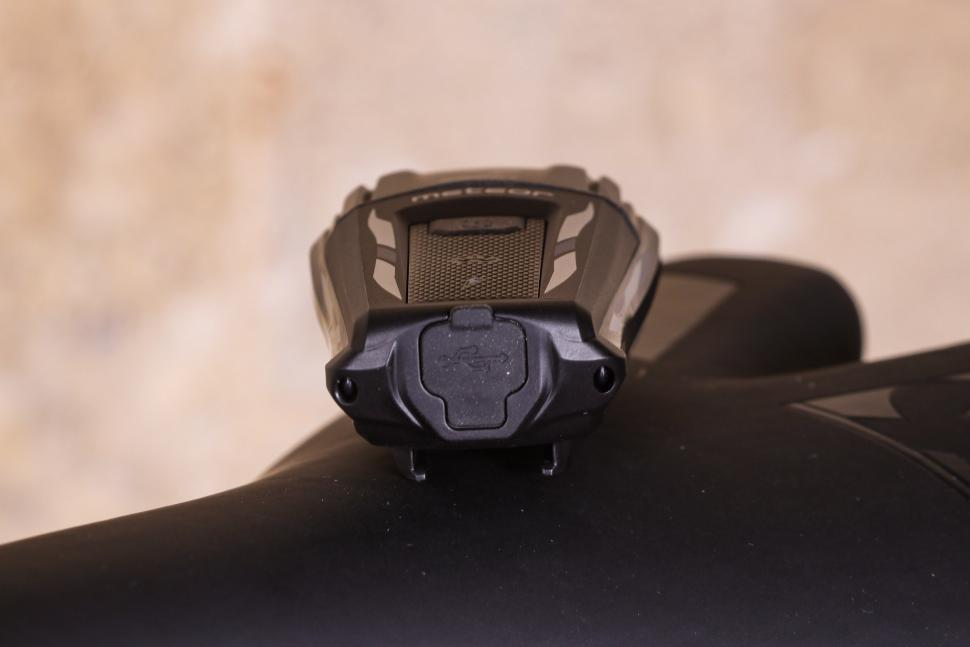
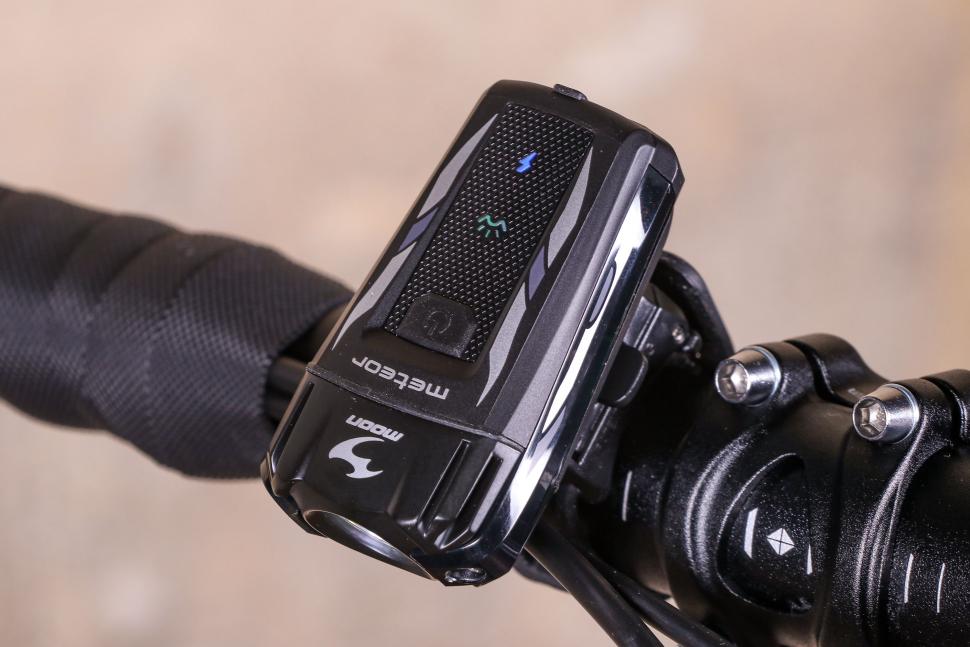
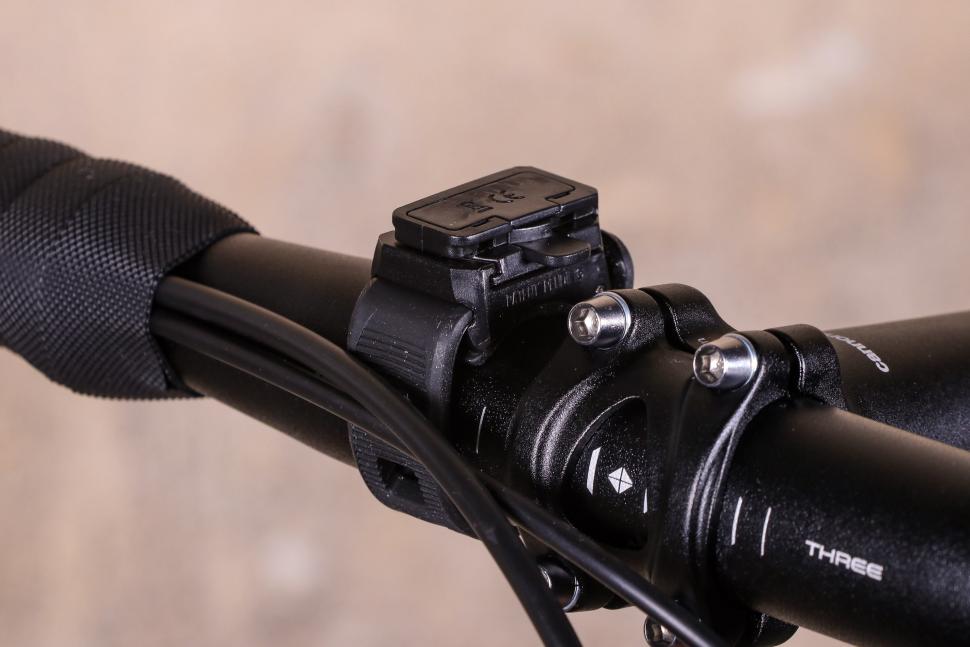


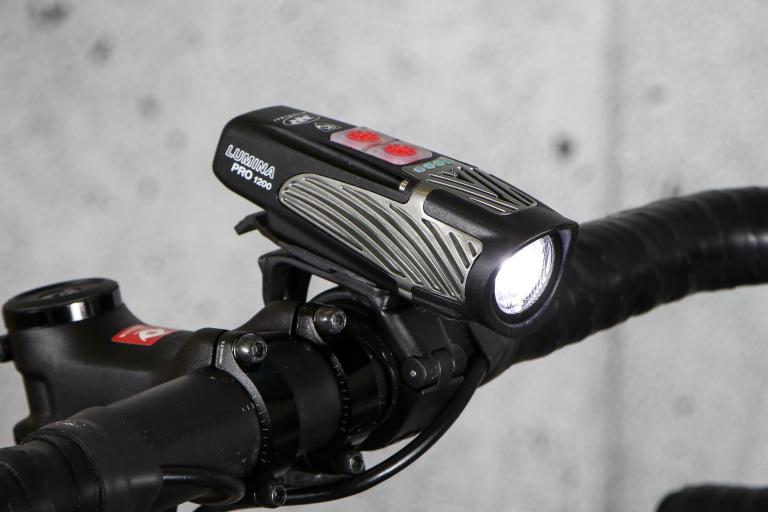

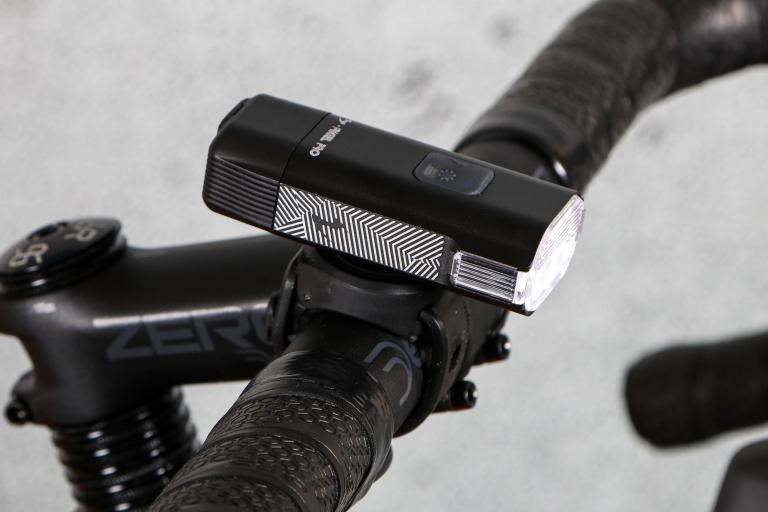
glad the article mentions that the knowledge of these auxetic structures has been around for 40 years and that it is a suite of developing 3d...
To follow on from another article where a rider of an illegal e-moped had a flat battery and the question was posed if it was still an e-moped ......
Newspeak:...
As Ranty Highwayman says, an eight minute presentation of everything that is wrong with UK highway design, starting from the premise that...
I can see you've had a look at the Inverness Tourist Board Facebook page...
The Police Scotland Digital Evidence Sharing Platform being rolled out will not make it any easier to report incidents, it simply allows an...
Highway Code states: ...
Thank you.
I do indeed.
The article states the toerags were youths, so unfortunately there probably won't be any real punishment. But at least the police are appealing for...